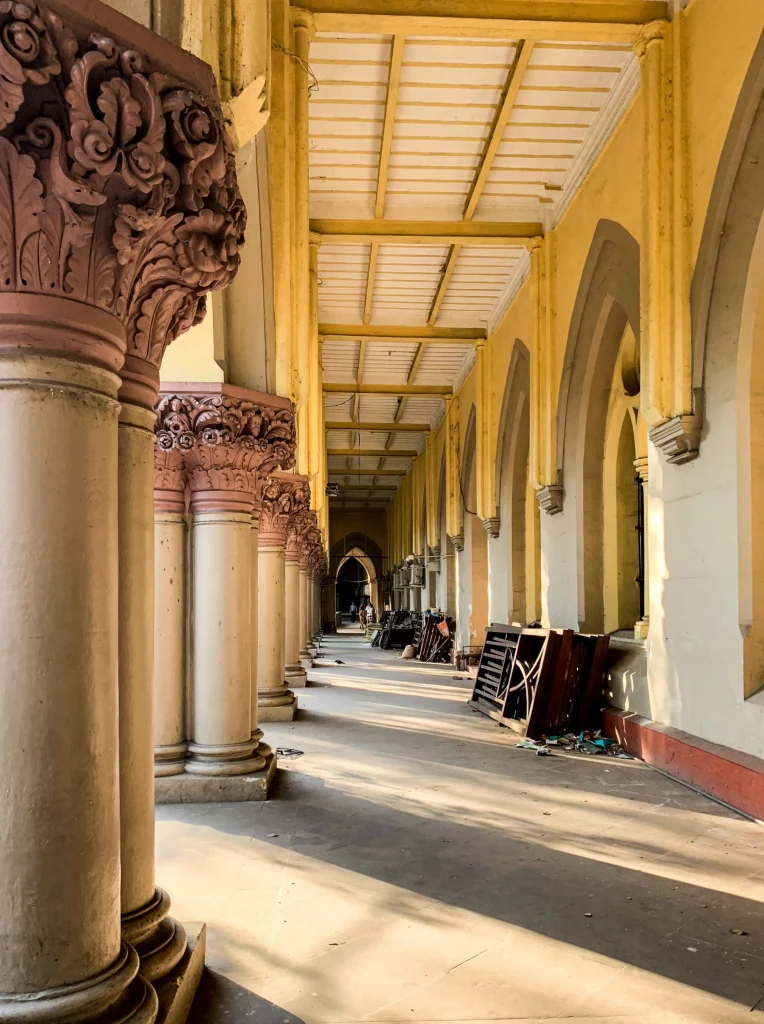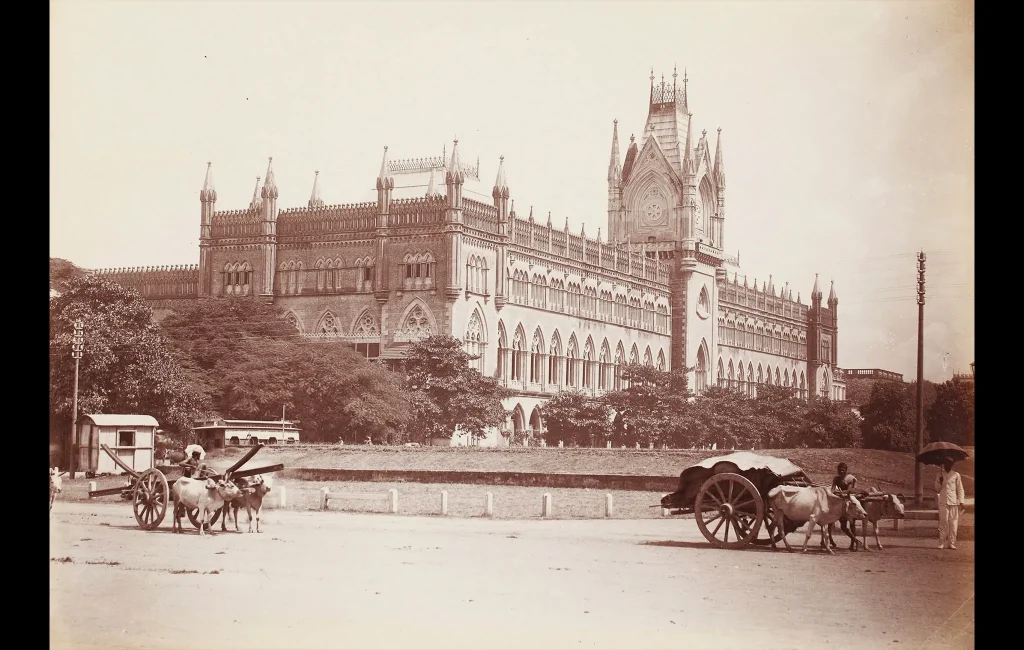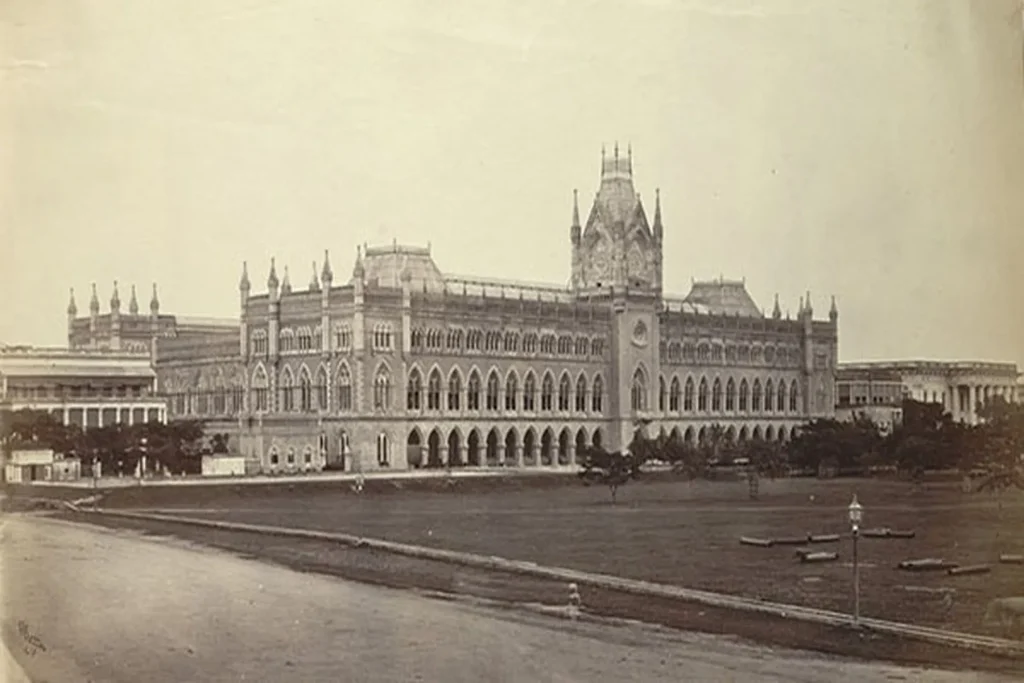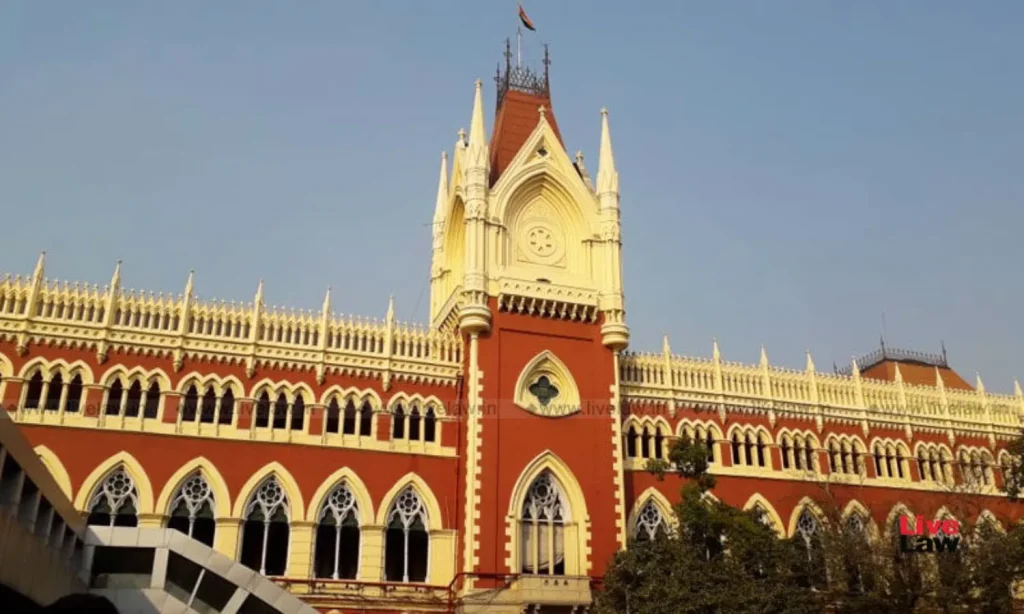The Calcutta High Court, established in 1862, holds the distinction of being India’s oldest High Court. Located in Kolkata, West Bengal, it has been instrumental in shaping the country’s legal framework.

Historical Beginnings
The court was founded on July 1, 1862, under the High Courts Act of 1861. Initially known as the High Court of Judicature at Fort William, it succeeded the Supreme Court of Judicature at Fort William. The building’s design, by Walter Long Bozzi Granville, drew inspiration from the Lakenhal (Cloth Hall) in Ypres, Belgium.

Name Retention and Discussions
Despite the city’s name officially changing from Calcutta to Kolkata in 2001, the High Court continues to be called the Calcutta High Court. In 2016, there was a proposal to rename it the Kolkata High Court, but Parliament has not yet approved this change.
Jurisdiction and Expansion
The Calcutta High Court has jurisdiction over West Bengal and the Union Territory of the Andaman and Nicobar Islands. In 1950, it extended its authority to include Chandernagore (now Chandannagar). The court operates from its principal seat in Kolkata and has Circuit Benches in Port Blair (Andaman and Nicobar Islands) and Jalpaiguri, which was established in 2019 to serve North Bengal’s districts.

Notable Chief Justices
- First Chief Justice: Sir Barnes Peacock
- First Indian Officiating Chief Justice: Justice Romesh Chandra Mitra
- First Permanent Indian Chief Justice: Phani Bhushan Chakravartti
- Longest Serving Chief Justice: Justice Sankar Prasad Mitra
- Current Chief Justice: T.S. Sivagnanam

Legacy of the Calcutta High Court
The Calcutta High Court remains a cornerstone of India’s legal history. With its rich heritage and critical contributions to justice, it continues to uphold the rule of law and inspire the nation’s judicial system.
